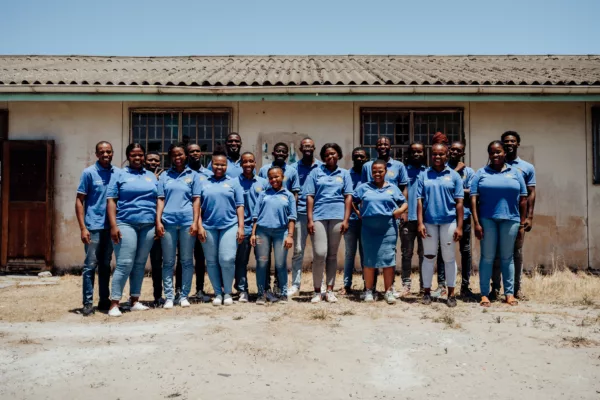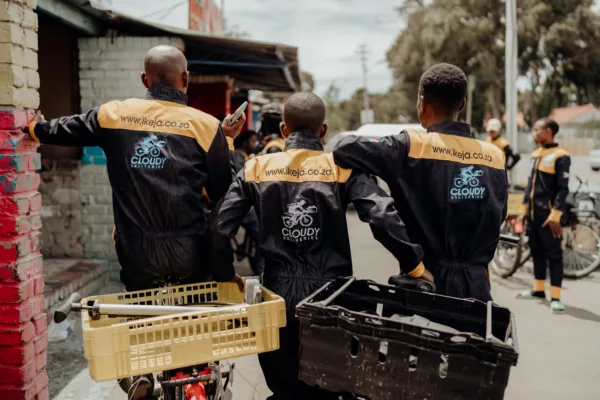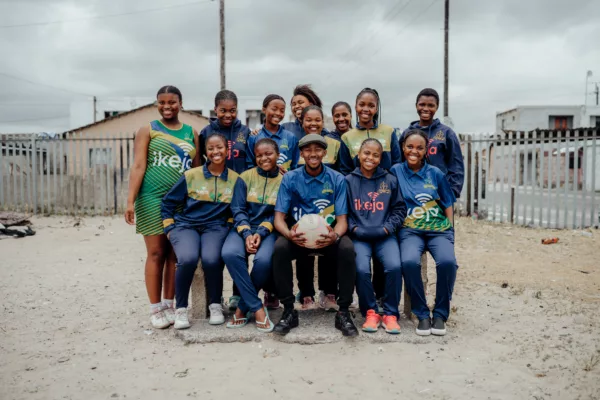Located a stone’s throw away from the N2 highway, Langa Stadium is home to several of the township’s sports clubs, one of them being cricket. Langa has a long history with the sport, boasting four teams that eventually decided to join together in 1976 to form the Langa Cricket Club as it is known today.
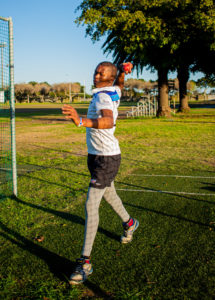
Langa Cricket Club’s history is a proud one, which saw it competing against the more privileged clubs of the south suburbs during the segregated Apartheid years. This came with its own challenges but gave the club access to spaces and facilities few other township clubs could experience at the time.
Having recently taken the reigns, the current executive, led by Chairperson Tali Molefe, is determined to build on these foundations of access, aiming to create more space for the club in the future.
The club itself is larger than many other township clubs as it also includes a developmental hub. This consists of 5 primary schools and 4 high schools that feed into the club itself. At the club level, the junior division includes mini-cricket, under-11s, under-13s, under-15s, and under-19s, while the women’s division features an under-16 team and a 1st team. Finally, the senior division boasts three teams.
In recent years, the club has shifted its focus to be more inclusive of both the women’s and junior divisions, as the focus before 2019 was decidedly on the senior teams. While the club continues to be built on senior cricket, the decision to focus more on the junior teams was to ensure that the senior teams could continue to grow into the future.
Alongside this, the revival of the women’s program under a new strategy has helped it gain more priority at the club level, helping it grow to two teams featuring players that are competitive at a provincial level.
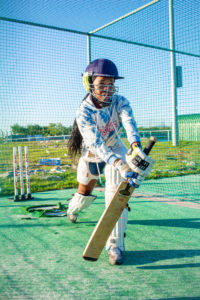
Additionally, thanks to its developmental hub, this shift in focus is due to a responsibility the club has to develop black players, both male and female.
To help transform it into something more inclusive, Langa Cricket Club’s senior first team plays in the Premier League, the highest league in the province and also the most competitive. Its second team also plays at the highest level for its type of team, while the third team is more social, yet still competitive.
With the teams working hard towards becoming even more competitive, the club has faced several challenges in recent years that the executive team has been working at overcoming. These include issues of historic ownership of and access to the club, resistance to women in leadership, and closed communication.
“The future of the club is rooted in access, development, and communication,” explains Molefe.
To address this the executive team has opened the club up to the entire community, exposing some of the people who weren’t even aware of the club’s existence to the possibility of playing for it.
This has also helped address the challenge of producing new talent.
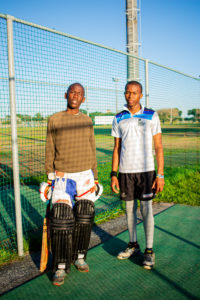
Thanks to social media, the club has also been able to open up its communication channels, showcasing to a broader audience what exactly the club is up to and who is involved. Additionally, the club sends out regular newsletters to keep its members informed about club happenings. This has been helped by Ikeja, who sponsored the club’s WiFi connection.
“Ikeja allows for open access,’ explains club secretary Scent Senti.
Apart from opening up communication, Ikeja’s Wifi sponsorship has made it easier for the kids to learn about the game and about talented African players. “We can show them YouTube videos of how shots are played, for example, and see other African players and their talents.”
Apart from strengthening the senior team by focusing on juniors, the club also aims to be a strong force in the women’s division. In support of both, it is also looking to focus more on mental health and academics, to help develop strong-minded players.
Developmentally, the club has seen strong investment in upskilling its’ coaching, whose gear has been sponsored by Ikeja, in order to create role models that have the capacity to develop not only the players but everyone in the club.
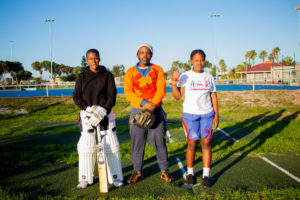
Looking to the future, the main goal of the club is for its players to move beyond the provincial level and play at the national or even international level instead. To quantify this, the goal for 4 players playing internationally has been set.
Looking at the transformation the club has undergone in recent years it seems more than achievable.

